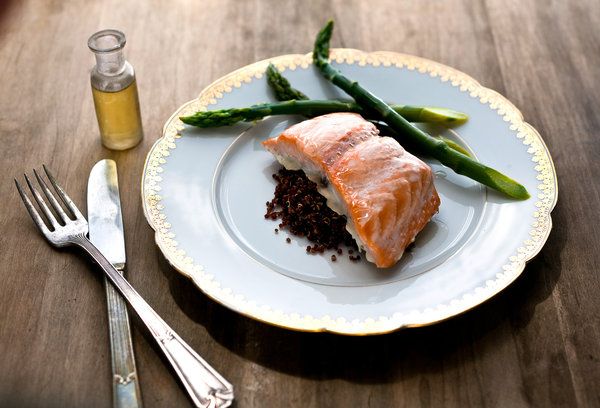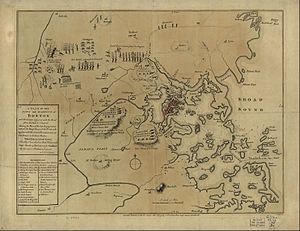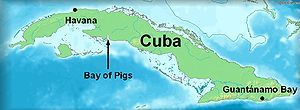Cross posted from The Stars Hollow Gazette
This is your morning Open Thread. Pour your favorite beverage and review the past and comment on the future.
Find the past “On This Day in History” here.
April 22 is the 112th day of the year (113th in leap years) in the Gregorian calendar. There are 253 days remaining until the end of the year.
On this day in 1978, The Blues Brothers make their world premiere on Saturday Night Live.
It was Marshall Checker, of the legendary Checker brothers, who first discovered them in the gritty blues clubs of Chicago’s South Side in 1969 and handed them their big break nine years later with an introduction to music-industry heavyweight and host of television’s Rock Concert, Don Kirshner. Actually, none of that is true, but it’s the story that Saturday Night Live’s Paul Shaffer told on April 22, 1978 as he announced the worldwide television debut of that night’s musical guest, the Blues Brothers-the not-quite-real, not-quite-fake musical creation of SNL cast members Dan Aykroyd and John Belushi.
The genesis of the Blues Brothers was a January 17, 1976, Saturday Night Live sketch. In it, “Howard Shore and his All-Bee Band” play the Slim Harpo song “I’m a King Bee”, with Belushi singing and Aykroyd playing harmonica, dressed in the bee costumes they wore for the “Killer Bees” sketch.
Following tapings of SNL, it was popular among cast members and the weekly hosts to attend Aykroyd’s Holland Tunnel Blues bar, which he had rented not long after joining the cast. Dan and John filled a jukebox with songs from many different artists such as Sam and Dave and punk band The Viletones. John bought an amplifier and they kept some musical instruments there for anyone who wanted to jam. It was here that Dan and Ron Gwynne wrote and developed the original story which Dan turned into the initial story draft of the Blues Brothers movie, better known as the “tome” because it contained so many pages.
It was also at the bar that Aykroyd introduced Belushi to the blues. An interest soon became a fascination and it was not long before the two began singing with local blues bands. Jokingly, SNL band leader Howard Shore suggested they call themselves “The Blues Brothers.” In an April 1988 interview in the Chicago Sun-Times, Aykroyd said the Blues Brothers act borrowed from Sam & Dave and others: “Well, obviously the duo thing and the dancing, but the hats came from John Lee Hooker. The suits came from the concept that when you were a jazz player in the 40’s, 50’s 60’s, to look straight, you had to wear a suit.”
The band was also modeled in part on Aykroyd’s experience with the Downchild Blues Band, one of the first professional blues bands in Canada, with whom Aykroyd continues to play on occasion. Aykroyd first encountered the band in the early 1970s, at or around the time of his attendance at Carleton University in Ottawa, Canada and where his initial interest in the blues developed through attending and occasionally performing at Ottawa’s Le Hibou Coffee House.

 Welcome to the
Welcome to the 



 On this day in 1775, British troops march out of Boston on a mission to confiscate the American arsenal at Concord and to capture Patriot leaders Samuel Adams and John Hancock, known to be hiding at Lexington. As the British departed,
On this day in 1775, British troops march out of Boston on a mission to confiscate the American arsenal at Concord and to capture Patriot leaders Samuel Adams and John Hancock, known to be hiding at Lexington. As the British departed, 